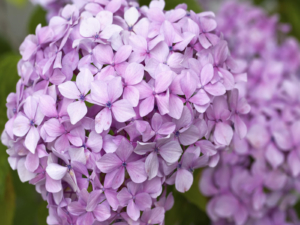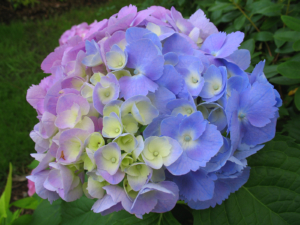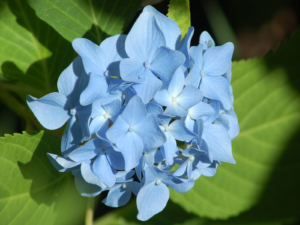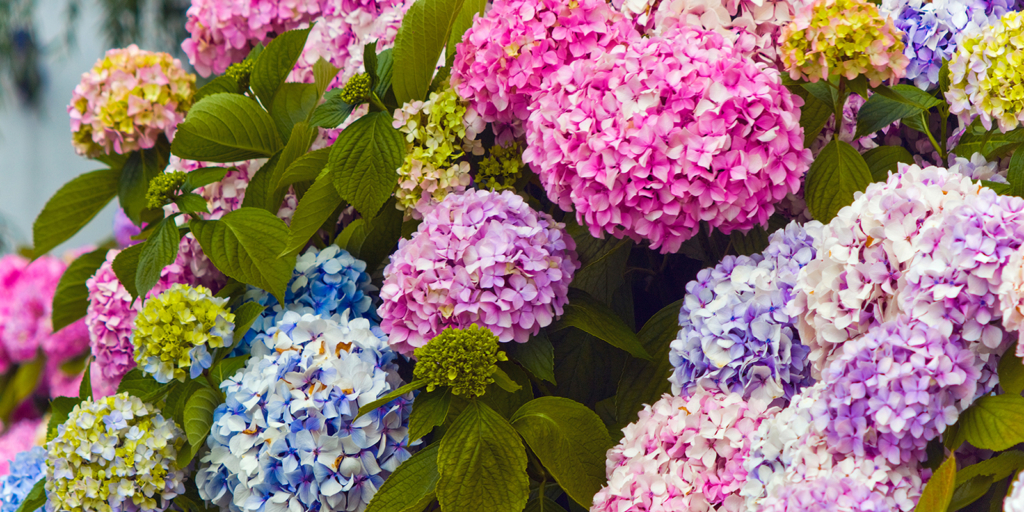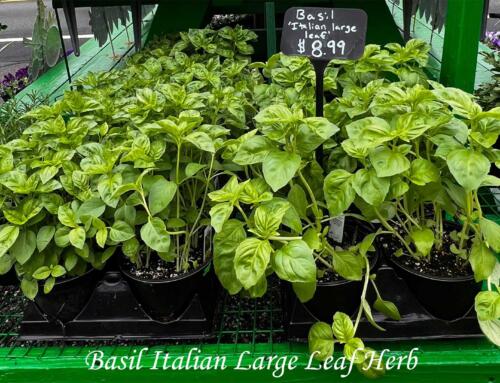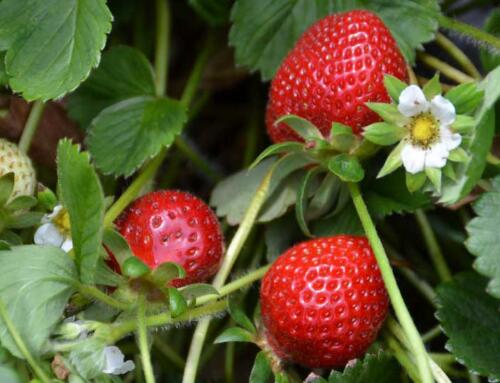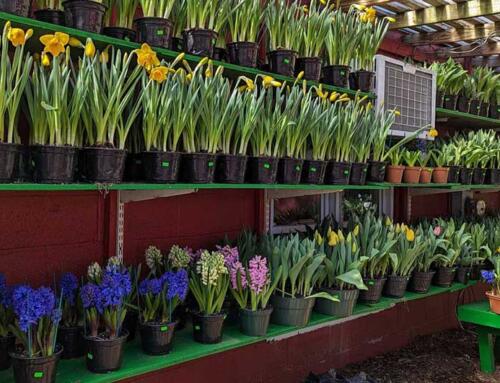Changing color – Hydrangeas
Hydrangeas have an interesting property that causes them to change color depending on the chemistry of the soil it’s planted in. Here’s what you’ll need to know if you are trying to manipulate your hydrangeas colors.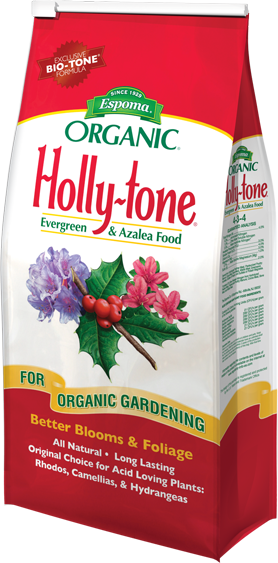
Firstly, keep in mind that there are types of hydrangeas that do not produce blue/pink shades. Some examples of hydrangeas with white or cream flowers are members of the peegee family, oakleaf hydrangeas, and annabelle hydrangeas, only produce white or cream flowers.
Hydrangeas that are blue, pink, or purple typically belong to hydrangea cultivars, known as ‘lacecaps’ and ‘mopheads’. These are the hydrangeas that change color depending on the pH level and mineral content of your soil. When grown in alkalinity soil, they will bloom pink. When grown in acidic soil, they will bloom blue.
In order to manipulate your soil and change the acidity/alkalinity to adjust bloom colors, you’ll need a pH testing kit, and depending on whether you want the soil to be more acidic or alkaline, you’ll need garden limestone (raises alkalinity, lowers acidity) or a soil acidifier such as ammonium sulfate (raises acidity, lowers alkalinity). You should follow the package instructions when raising/lowering pH levels, as each product will vary in composition.
You should check your pH level, as well as mineral content several times a year in order to maintain growing conditions that result in a specific bloom color. And depending on your soil’s mineral contents, you might have to apply soil amendments for hydrangeas several times during the growing season.
To start out experimenting with the hydrangea colors, you might want to plant them in a large pot. It is a lot easier to maintain because of less soil, and doesn’t require nearly as much effort to adjust the pH levels.
First, test your pH levels in your soil. If you have to adjust a pH level by at least 1.0, it’s best to do it gradually over time, or else you might risk harming your plant from the dramatic change in the soil. If the pH of your soil is already high in alkaline, it will be hard for you to adjust and get blue flowers, even if there’s plenty of aluminum in the soil. Alkaline soil locks up aluminum, rendering it unusable for the plant.
Blue hydrangeas will bloom their best at a pH level of 5.2-5.5. Pink hydrangeas will bloom their best at 6.0-6.2. You can also apply a high-phosphorus fertilizer to further discourage the uptake of aluminum.


